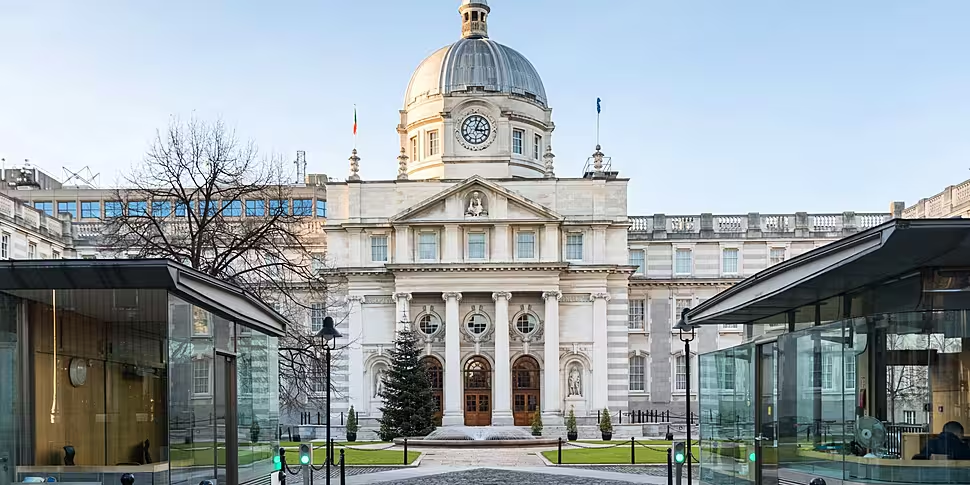December 11th 1922 was the first sitting of Seanad Éireann and the centenary will be marked in the Dáil tomorrow.
Originally designed to give minorities a voice in the new parliament and since narrowly surviving a referendum on its abolition, the Seanad has a long history of remarkable individuals.
Senator Mark Daly, Cathaoirleach of Seanad Éireann joined On the Record to discuss the successes and controversies of the Oireachtas upper house.
"It was established in the middle of the divisive and bitter civil war where many families lost loved ones", he said.
Protestant and Unionist representation
Senators past and present will be in attendance tomorrow to celebrate the role of the Seanad in representing minority voices and minority communities.
Protestants and Unionists originally "had a disproportionate voice" in the Seanad, accounting for 20 out of 60 senators in the chamber.
"The minority community of a hundred years ago being the Unionist community and the Protestant community, who found themselves in a new state and, in many instances, were the people who were the legislators of the new state", Senator Daly explained.
"The most diverse bunch of politicians we ever had"
"Realising and accepting that the State was coming into existence, they were there to say 'look, we better roll up our sleeves and we'll make it work'."
These people often had the much-needed administrative experience that the new State required.
The first Seanad also had three Quakers and one Jew, making it, Senator Daly thinks, "the most diverse bunch of politicians we ever had".
Minorities
Overtime, other minority groups have become represented in the Seanad.
"Mary Robinson, who served in the Seanad for over 20 years, in the ten years prior to her becoming a senator, only four woman had served in juries", Senator Daly said.
"She used the Seanad as a platform to highlight those issues, use her legal experience to take on the government."
Senator David Norris also created change through his role, raising awareness for many issues such as gay rights and the plight of Palestinians.
Senator Eileen Flynn now represents the traveler community in the Seanad.
Who gets a vote
49 of the Seanad’s 60 members are elected and 11 are nominated by the Taoiseach.
Of the 49 elected members, 43 are elected from panels of candidates representing specified vocational interests. and the other six members are elected by graduates of certain universities.
Over four decades ago, a referendum was held on expanding the franchise.
"Bringing up unpopular issues is not going to get you a Dáil seat."
The worry, Senator Daly says, is that the basis of the Seanad as a platform for minority voices would be lost.
"The Dáil was about getting the popular vote and bringing up unpopular issues is not going to get you a Dáil seat in many instances", he said.
The fear is that the Seanad would turn into another Dáil.
Listen back to the full conversation here.
Main image shows Leinster House.









